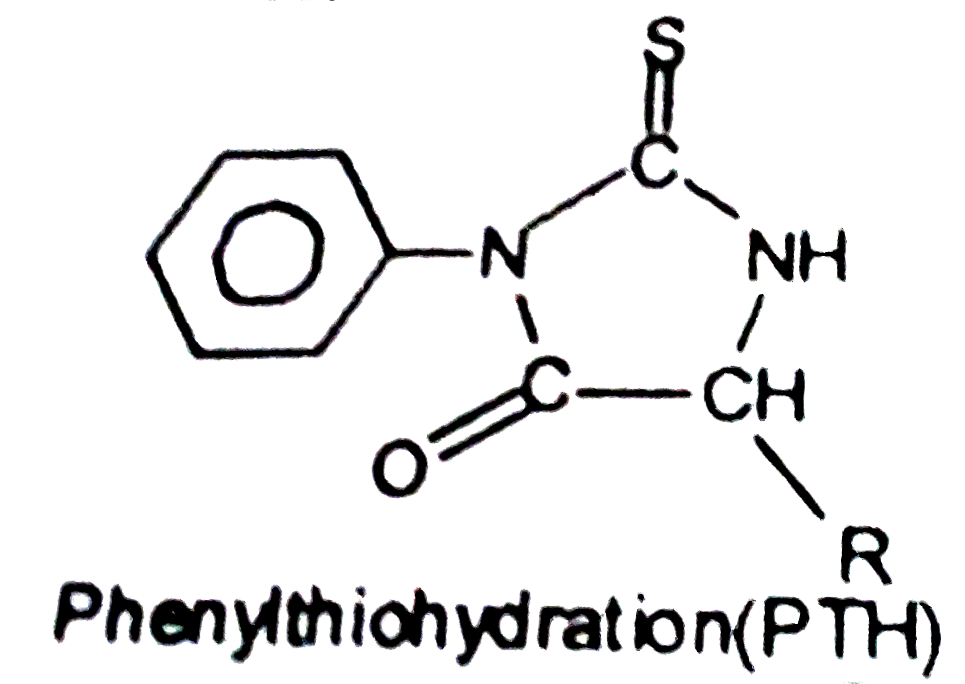The iodine derivative of amino acid tyrosine brings about effects on target cells by
Altering gene expression
Activating secondary messengers
Activating membrane - bound receptors
More than one option is correct
The correct Answer is:A
To solve the question regarding how the iodine derivative of the amino acid tyrosine affects target cells, we can follow these steps:
1. Identify the Iodine Derivative of Tyrosine:
- The iodine derivatives of the amino acid tyrosine are the thyroid hormones, primarily thyroxine (T4) and triiodothyronine (T3).
2. Understand the Mechanism of Action of Thyroid Hormones:
- Thyroid hormones, despite being lipid-soluble, act via intracellular receptors. This is an important distinction because it sets them apart from many other hormones.
3. Determine How Thyroid Hormones Affect Target Cells:
- Thyroid hormones can enter target cells and bind to intracellular receptors. Once bound, they can directly influence gene expression by altering the transcription of specific genes.
4. Evaluate the Options Provided:
- Altering Gene Expression: This is correct, as thyroid hormones can change the expression of genes in target cells.
- Activating Secondary Messengers: This is incorrect for thyroid hormones, as they do not primarily act through secondary messengers.
- Activating Membrane Bound Receptors: This is also incorrect for thyroid hormones, as they do not primarily use membrane-bound receptors.
- More than One Option is Correct: This is incorrect since only one option (altering gene expression) is valid.
5. Conclude the Answer:
- The correct answer is that the iodine derivative of the amino acid tyrosine (thyroid hormones) brings about effects on target cells by altering gene expression.
Final Answer:
The iodine derivative of amino acid tyrosine brings about effects on target cells by altering gene expression.
---
- The iodine derivatives of the amino acid tyrosine are the thyroid hormones, primarily thyroxine (T4) and triiodothyronine (T3).
- Thyroid hormones, despite being lipid-soluble, act via intracellular receptors. This is an important distinction because it sets them apart from many other hormones.
- Thyroid hormones can enter target cells and bind to intracellular receptors. Once bound, they can directly influence gene expression by altering the transcription of specific genes.
- Altering Gene Expression: This is correct, as thyroid hormones can change the expression of genes in target cells.
- Activating Secondary Messengers: This is incorrect for thyroid hormones, as they do not primarily act through secondary messengers.
- Activating Membrane Bound Receptors: This is also incorrect for thyroid hormones, as they do not primarily use membrane-bound receptors.
- More than One Option is Correct: This is incorrect since only one option (altering gene expression) is valid.
- The correct answer is that the iodine derivative of the amino acid tyrosine (thyroid hormones) brings about effects on target cells by altering gene expression.
The iodine derivative of amino acid tyrosine brings about effects on target cells by altering gene expression.
Similar Questions
Thyroxine brings about effects on target cells by
View SolutionSingle letter code for amino acids tyrosine & tryptophan respectively are
View Solution
Is a derivative of amino acid how many number of sp2 hybridised carbon atoms in given structure.
View SolutionHormone recognised as an amino acid derivative is
View SolutionWhich of the following hormones is a derivative of amino acid
View SolutionRead the following statements and choose the correct option
A: Asparagine contains more nitrogen than the aspartic,
B: amides are derived from amino acids in which hydroxyl part of acid is replaced by another amino group.
View Solution(a) Name the scientist who called tRNA an adapter molecule
(b) Draw a clover leaf structure of t-RNA showing the following :
(i) tyrosine attached to its amino acid site (ii) anticodon for this amino acid in its correct site (codon for tyrosine is UCA)
(c) What does the actual structure of t-RNA look like.
View Solution(a) Name the scientist who called t-RNA an adapter molecule.
(b) Draw a clover leaf structure of t-RNA showing the following:
(i) tyrosine attached to its amino acid site
(ii) anticodon for this amino acid in its correct site (codon for tyrosine Is UAC)
(c) What does the actual structure of t-RNA look like?
View SolutionIn sickle cell anaemia, the sequence of amino acid from first to seventh position of β-chain of haemoglobin S (HbS) is
View SolutionA polypeptide of five amino acids is synthesized during protein synthesis in eukaryotic cells. Which one of the following can be the correct polypeptide?
View Solution
